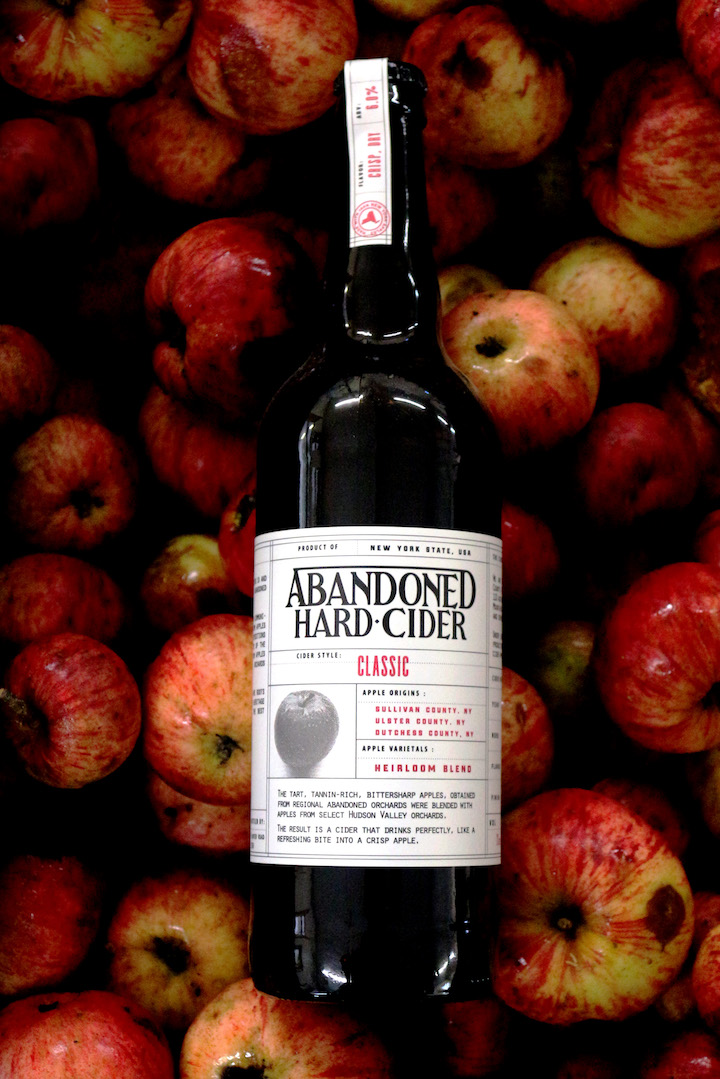Written By Joshua VanBrakle.
Posted on December 10th, 2018.
Tagged with The Big Decisions, Timber Stand Improvement.
Doing nothing and “letting nature take its course” may seem best for your woods, but in certain cases doing nothing can actually reduce your woods’ health and wildlife habitat.
Here on MyWoodlot, we have more than 200 projects you can do in your woods. Some improve wildlife habitat. Some earn you a little money. Still more are just plain fun. But it’s worth asking: are any of these projects really necessary?
Isn’t the best thing you can do for your woods…nothing?
After all, nature got by without us humans for a long time. It would seem logical that if you want to do right by your woods, the best way would be to sit back and let nature take its course.
But there’s a problem with that approach in many of our woods today: “nature” is pretty out of whack. Our woods today face challenges they’ve never faced before—challenges of human making. Invasive species, climate change, unnaturally high deer numbers, and development pressure name just four. In the face of these threats, many natural processes either can’t work or don’t work as well as they should.
Among those processes is the most basic of them all: getting the next generation of trees to grow. Combine high deer numbers with invasive plants, and native tree seedlings have a tough time surviving long enough to make it to the canopy.
Doing nothing and letting nature take its course can leave you with a woods that aren’t as healthy and useful for wildlife as they could be. This dense area of Norway spruce trees offers almost nothing for wildlife. No food or cover grows close to the ground, and most animals can’t eat the non-native spruce. The spruce’s heavy shade prevents new trees from growing. Cutting some of the spruce and controlling some of the ferns could help establish native trees here, a big improvement for animals.
Often, it’s not even these “natural” threats that pose the greatest challenges to your woods. Economic and social threats like high property taxes, health care costs, and lack of interest in your land by heirs can all force tough choices about your land. If you take a hands-off approach to its care, it’s easier to choose an option that hurts your woods.
That’s why on MyWoodlot, we encourage you to take an active role in your woods. That doesn’t mean you have to log every inch of it. It doesn’t mean you need to rip out every multiflora rose you see. It can mean small steps, like planting a tree, hanging a bluebird box, or locating invasive plants. It also means making plans to deal with those economic challenges, like considering enrolling in a forest property tax reduction program, hiring a forester, and talking with your family about a conservation easement or passing down your land.

Being active in your woods doesn’t have to mean big steps like logging. Small projects like planting a tree can make a difference too. Photo credit: National Park Service
The more involved you and your family become in your woods, the more you’ll all want to take care of it and do right by it for the future. Along the way, you can help some wildlife, make a little side income, and of course, build some great memories.
Want to let nature take its course? Well, you’re part of nature too. Don’t fear it. Embrace it. Now get out there and help your woods.






